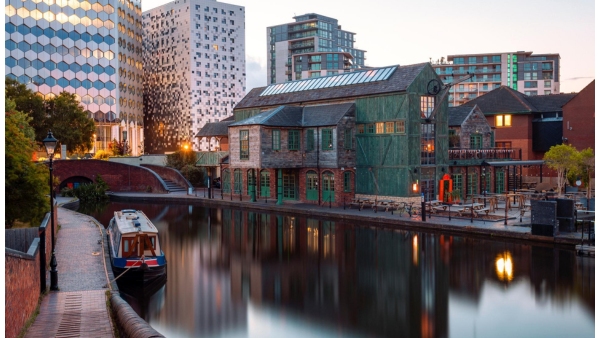When I worked in Downing Street we often bemoaned what we called ’the delivery gap’. This lay between people’s perception of public services as a whole (generally negative) and their perception of the services they used themselves (much more positive). Similarly we know that people’s attitudes to the immigrants they know tend to be more benign than towards immigrants as a whole. We also know that, when it comes to social comparisons, we are more influenced and affected by those around us than by distant strangers - we are more aggrieved by the workmate who gets paid £500 more than us than by the banker on £10 million. We like to think our attitudes are consistent but they are heavily influenced by proximity and connection.
Just as attitudes are different at different frames of reference so is the sense of agency. I have written a few times recently about the idea that powerful forms of leadership and social action are more possible at the local than the national level.
These two ideas are connected in an FT piece today by John Rossant, chairman of the New Cities Foundation. In essence he argues that two megatrends - urbanisation and rising inequality - are behind a spate of outbursts of public rage of which Istanbul and Sao Paolo are the most recent high profile examples.
With visionary zeal Rossant concludes
…as citizens – as urban citizens – we must get cities right. Just as Paris and Vienna once concentrated not only wealth but also culture, the world’s massive new megacities – Chongqing, Bogotá and Lagos – must become more livable, more innovative and more just. They need to stimulate the senses and the spirit as well as provide jobs. They must learn to respect the dignity and equality of their residents.
The obvious critique of this argument is that it mistakes correlation for cause. Yes these protests started in cities, but they had to start somewhere and anyway they quickly spread to other places. Whether the cause is fuel prices, fox hunting or outspoken Euro-scepticism dissent in England seems as likely to start in our country lanes as our city squares.
The interesting question may be this: how do attitudes and dispositions differ depending on whether people are asked to think on the scale of their city or their country?
Is inequality more or less salient or more or less tolerable at the urban level? Do people feel greater agency in cities; more able to imagine and demand radical change. Also, what about the variations within cities? Are the views of those who live the buzzing city centre of cheek by jowl wealth and poverty different to those in the more mono-cultural suburbs?
I guess I am looking for a data-rich book or article called something like ‘cities, social attitudes and agency’. Anyone got a reference for me?
Related articles
-
Open RSA knowledge standards
Alessandra Tombazzi Tom Kenyon
After investigating ‘knowledge commons’, we're introducing our open RSA standards and what they mean for our practice, products and processes.
-
RSA Catalyst Awards 2023: winners announced
Alexandra Brown
Learn about the 11 exciting innovation projects receiving RSA Catalyst funding in our 2023 awards.
-
Investment for inclusive and sustainable growth in cities
Anna Valero
Anna Valero highlights a decisive decade for addressing the UK’s longstanding productivity problems, large and persistent inequalities across and within regions, and delivering on net zero commitments.




Be the first to write a comment
Comments
Please login to post a comment or reply
Don't have an account? Click here to register.